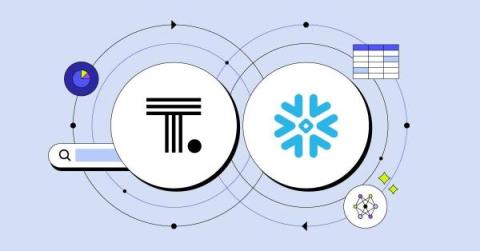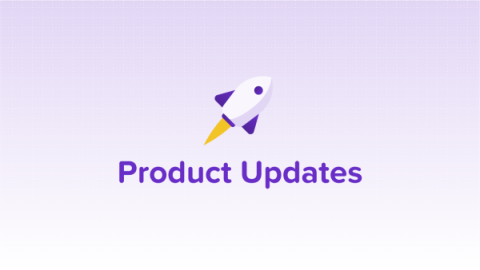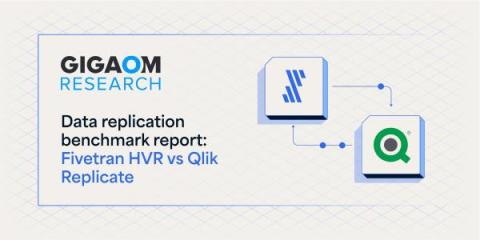Simplifying BI pipelines with Snowflake dynamic tables
Managing complex data pipelines is a major challenge for data-driven organizations looking to accelerate analytics initiatives. While AI-powered, self-service BI platforms like ThoughtSpot can fully operationalize insights at scale by delivering visual data exploration and discovery, it still requires robust underlying data management. Now, that’s changing. Snowflake's new dynamic tables feature redefines how BI and analytics teams approach data transformation pipelines.











